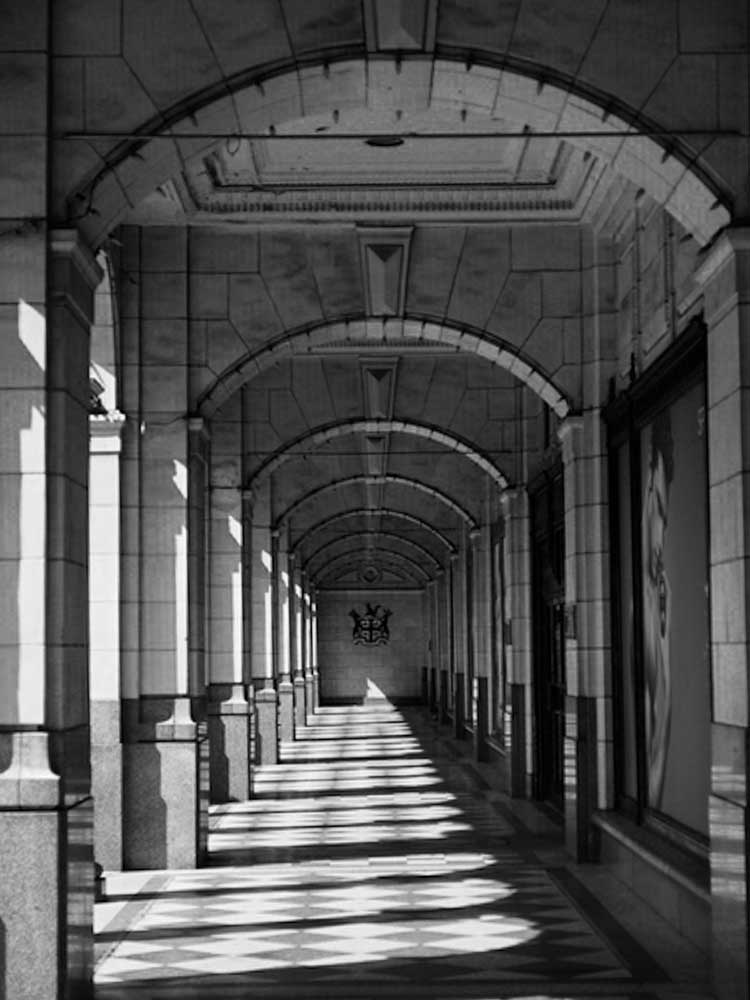
Shadows are a great technique to use in photography. They provide a lot of contrast to your photographs, can evoke emotion and certainly make the photograph more interesting to look at. Here are some great ways to add this special effect.
Shadow photography can be a great technique to use in the middle of the day when the sun is positioned high in the sky and the lighting is very intense, making it difficult for you to get that golden effect often found at sunset or sunrise. Because of this high positioning of the sun, you should be getting great long shadows that can neutralize the effect of the sun and give your photos more balance.
Shadows can also be used to create more emotional impact in your photographs. Often this effect is created by using silhouettes. Not only is this technique great when the sun is behind your subject but silhouettes can be beautiful at sunset and at sunrise as well. You’ll be able to create really nice and unique-looking shapes. For instance, you can get great outlines of a person standing in front of a window or that lone tree on the horizon.
Shadows may also become useful to capture a scenic shot that might have some unsightly elements in the picture or seem too cliché or boring. For example, let’s say you were driving along the road, and you happen to see a line of cows standing at the top of a hill. The ground around them might not be lush green pastures or perhaps some of their coats are marred. You could use a silhouette effect to get a beautiful outline of the cows and hide these imperfections. Alternatively, you could photograph their shadows to make the shot more interesting. The latter allows the viewer to see the shapes to know what they really are, but makes for a more artsy or cooler shot.
How do you get that shadow effect? The key is really in the contrast. In order to get the contrast you are looking for, you are going to want to change your exposure compensation. For instance, if you make your exposure – 0.3 or – 0.7 instead of the perfect exposure of zero (0), that will make the shadows in your photo darker and more intense.
The piece of information above may sound very technical. If you want to better understand this technique or want some guidance in using shadows I your photography, you can always join us in one of our upcoming photography courses. You can learn about the basic elements of exposure in our Digital 1 photography course, and more about advanced techniques like exposure compensation in our Digital 2 photography course.

OLYMPUS DIGITAL CAMERA